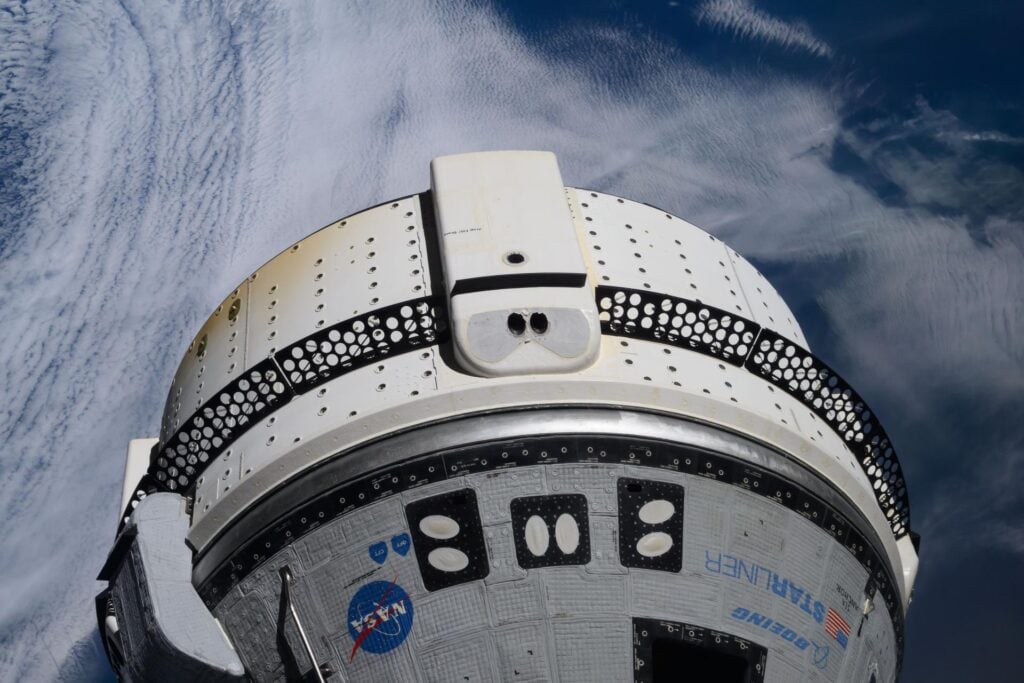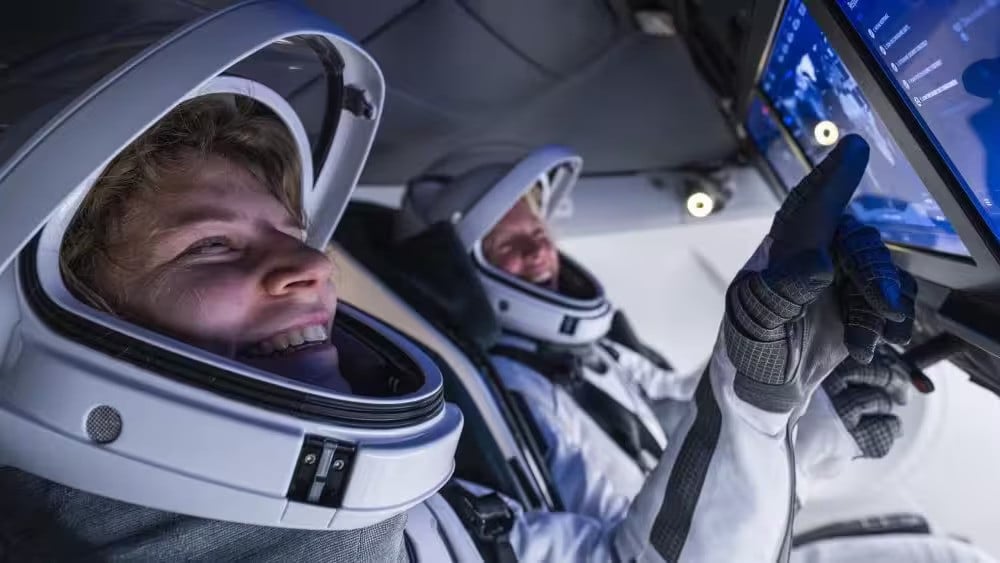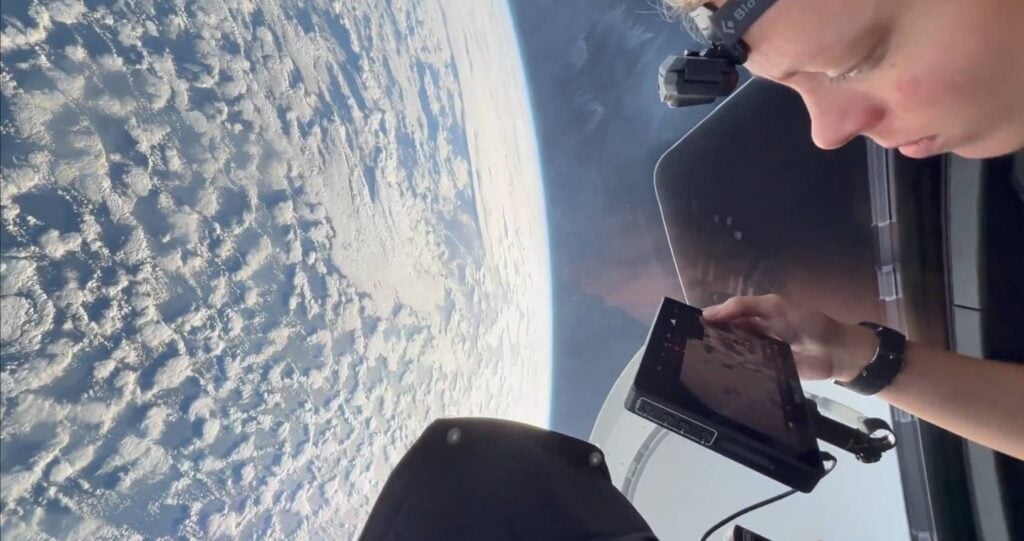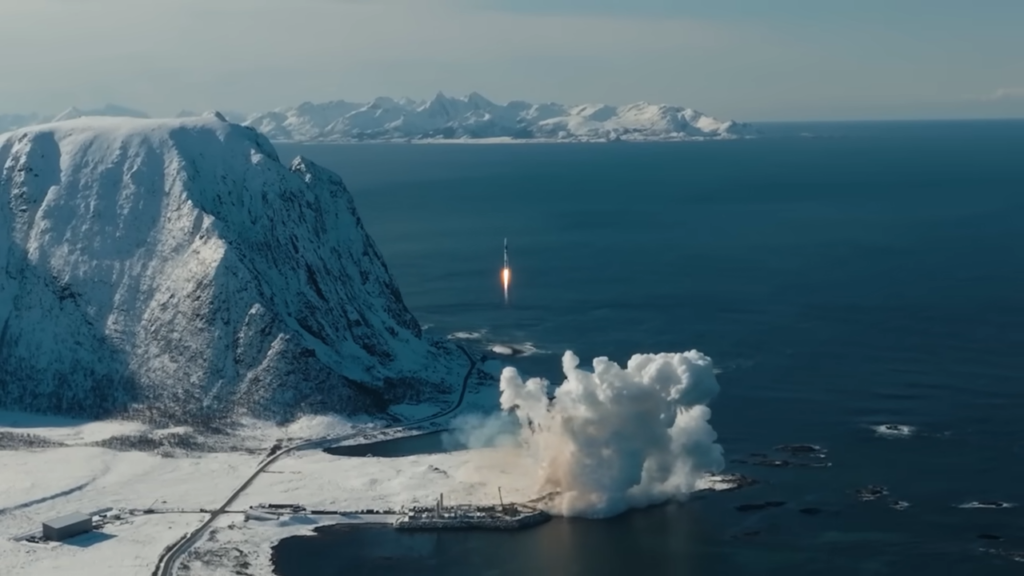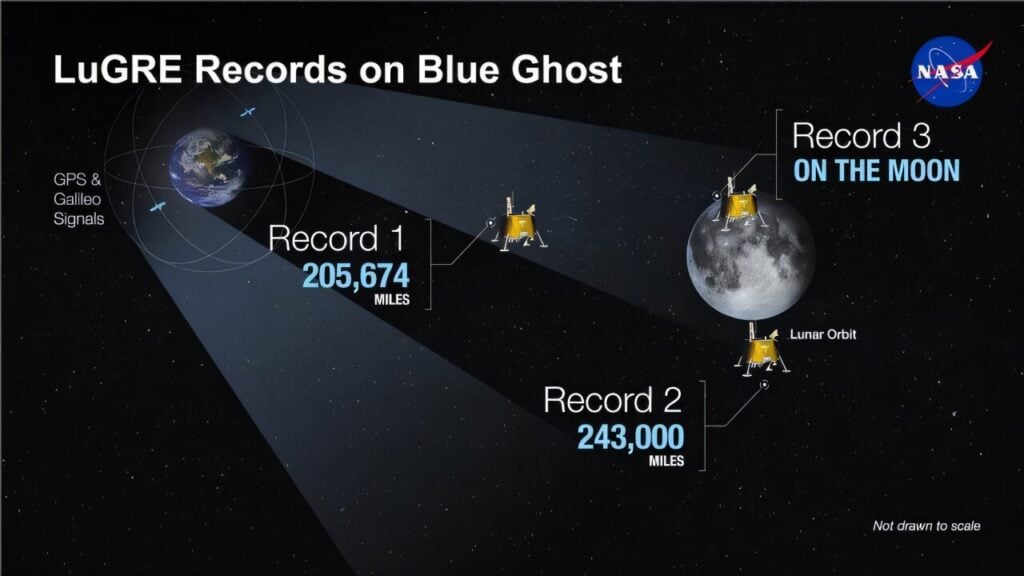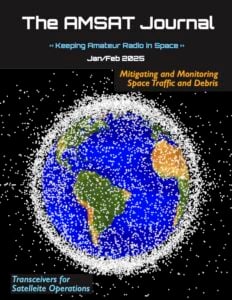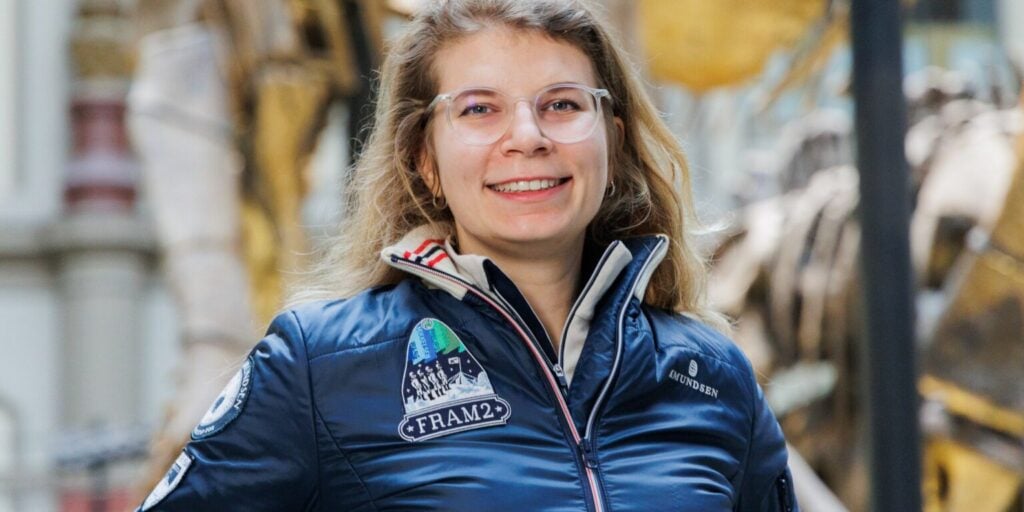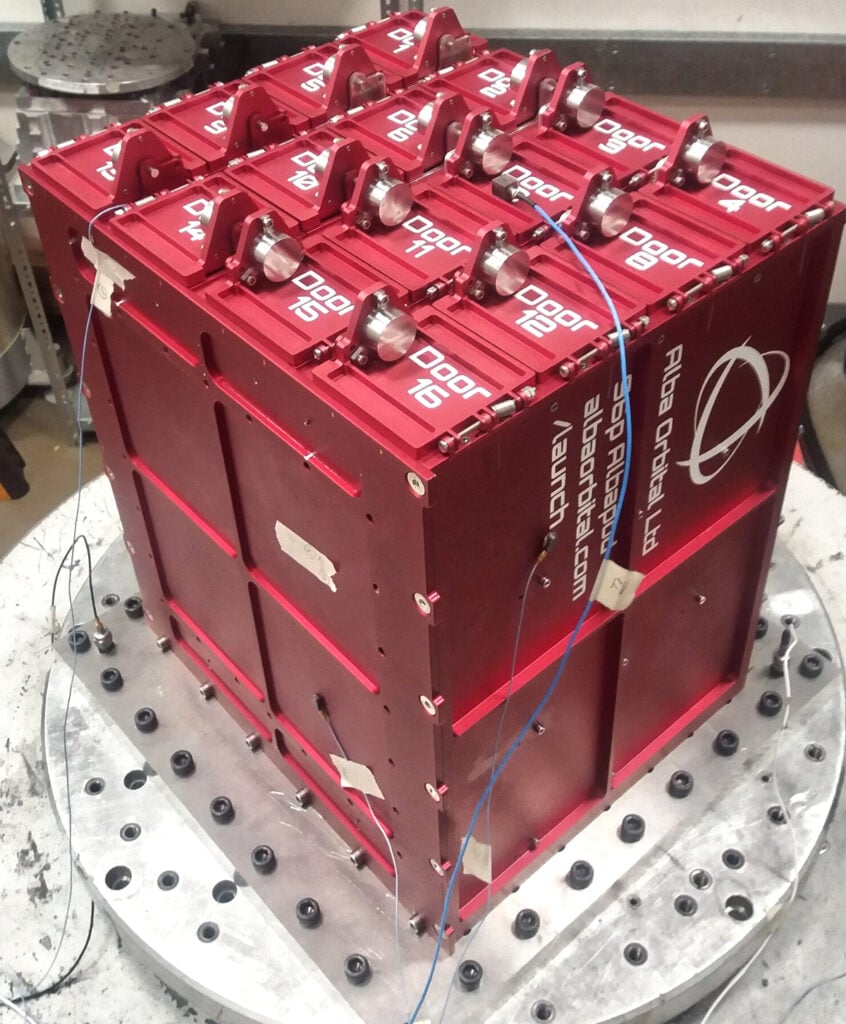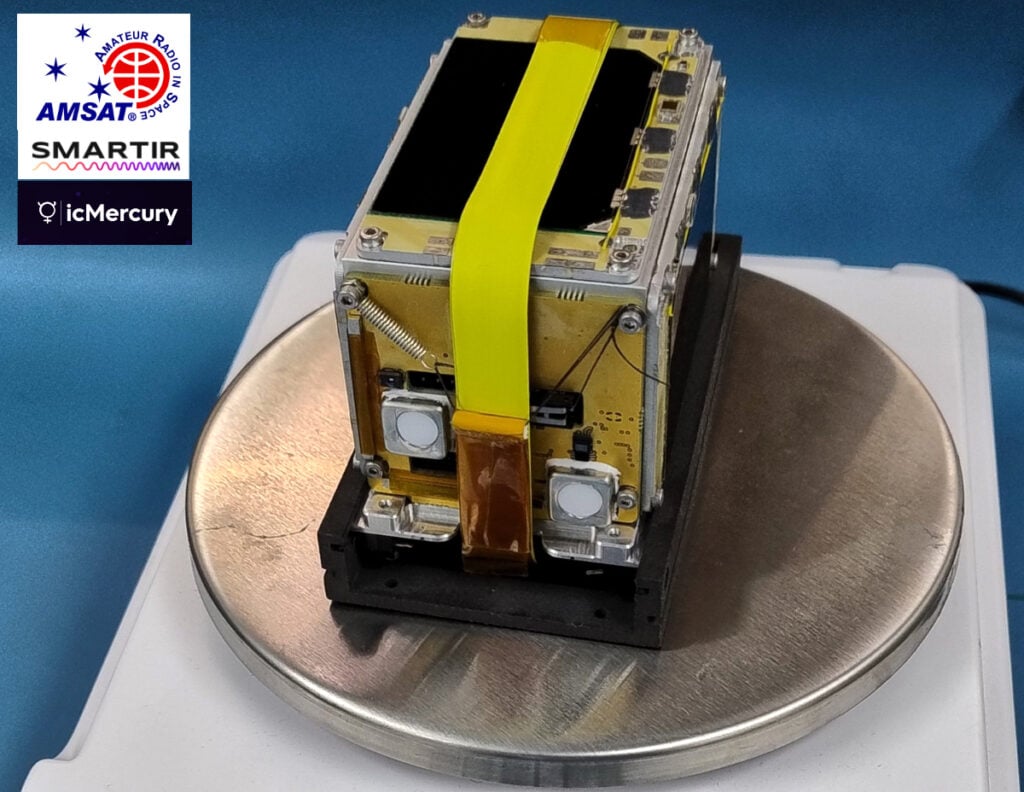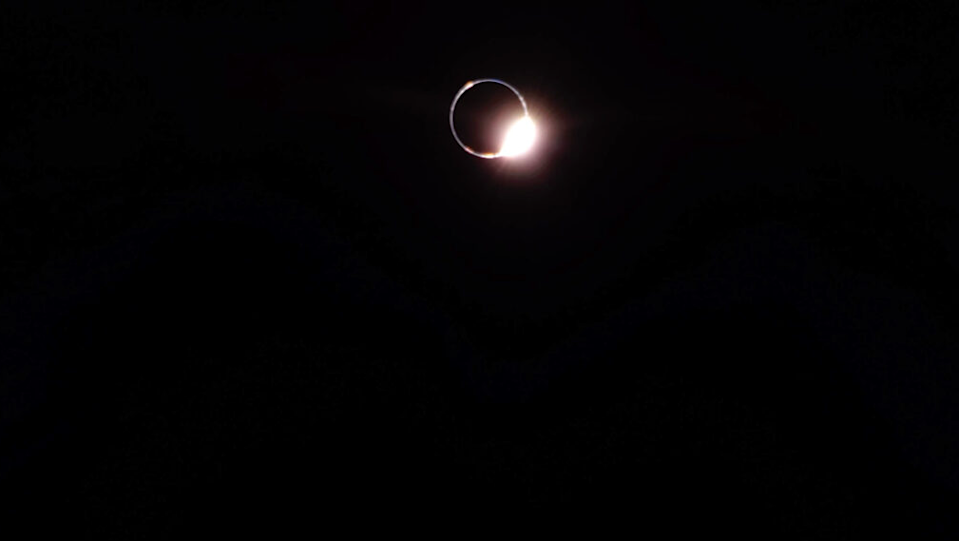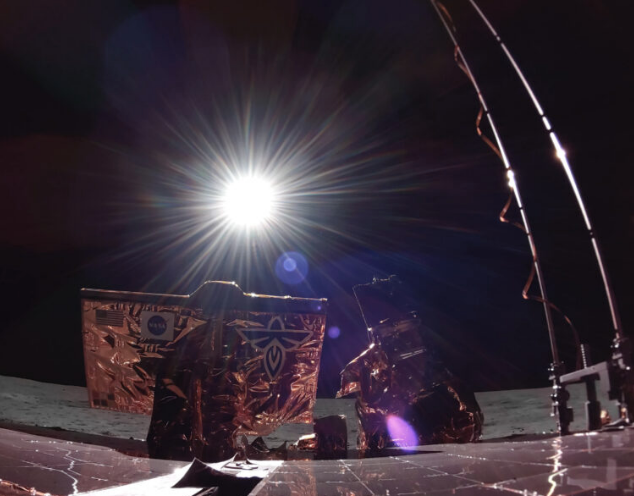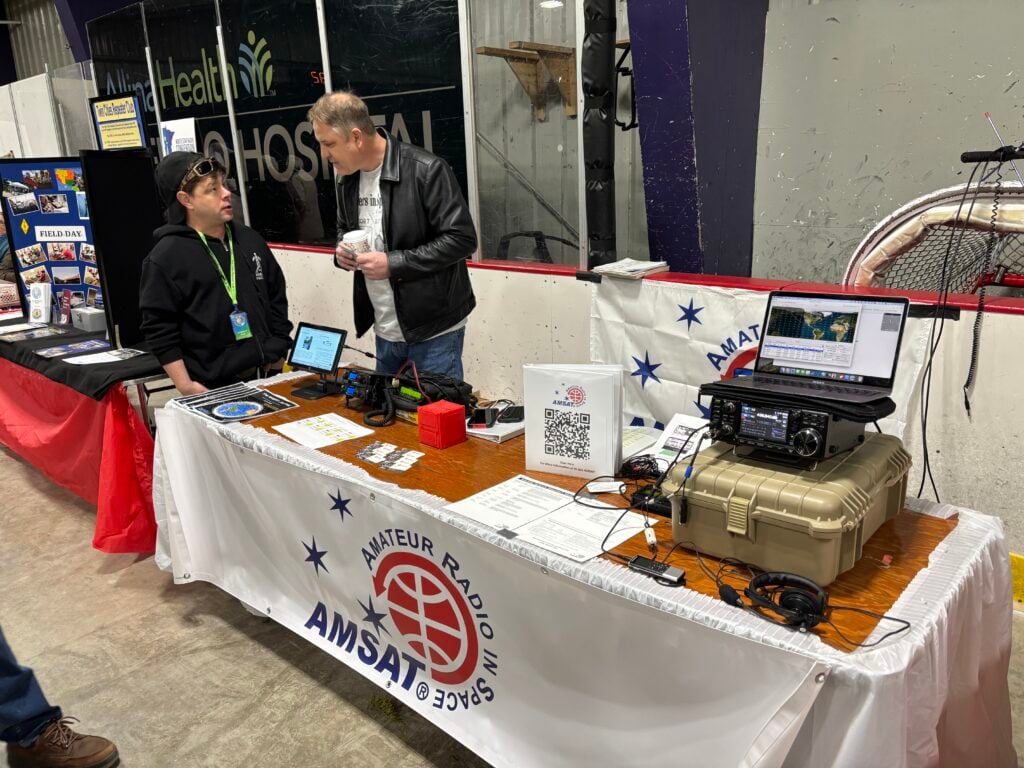In this edition:
* AMSAT Prepares for Major Presence at 2025 Dayton Hamvention
* Amazon Kicks Off Kuiper Network with Ambitious First Satellite Launch
* Europe’s Vega C Rocket Launches Satellite to Map Forest Health
* GridMasterMap Satellite Top 100 Rovers May 2025 Rankings
* Changes to AMSAT-NA TLE Distribution for May 2, 2025
* ARISS News
* Upcoming Satellite Operations
* AMSAT Ambassador Activities
* Satellite Shorts From All Over
The AMSAT News Service bulletins are a free, weekly news and information service of AMSAT, the Radio Amateur Satellite Corporation. ANS publishes news related to Amateur Radio in Space including reports on the activities of a worldwide group of Amateur Radio operators who share an active interest in designing, building, launching and communicating through analog and digital Amateur Radio satellites.
The news feed on https://www.amsat.org publishes news of Amateur Radio in Space as soon as our volunteers can post it.
Please send any amateur satellite news or reports to: ans-editor [at] amsat.org
You can sign up for free e-mail delivery of the AMSAT News Service Bulletins via the ANS List; to join this list see: https://mailman.amsat.org/postorius/lists/ans.amsat.org/
ANS-124 AMSAT News Service Weekly Bulletins
To: All RADIO AMATEURS
From: Radio Amateur Satellite Corporation
712 H Street NE, Suite 1653
Washington, DC 20002
DATE 2025 May 04
AMSAT Prepares for Major Presence at 2025 Dayton Hamvention
AMSAT will return to the 2025 Dayton Hamvention with a strong lineup of events, volunteer opportunities, and social gatherings. The event is set for May 16–18 at the Greene County Fairgrounds in Xenia, Ohio, where AMSAT will again serve as one of the larger exhibitors, occupying booths 1007–1010 and 1107–1110 in Building 1. Alongside its booth activities, AMSAT will host a variety of forums and after-hours events designed to engage and inform amateur radio enthusiasts.
In preparation for Hamvention, AMSAT is actively seeking volunteers to help staff the booth. Around 20 volunteers assisted during last year’s event, providing a crucial link between AMSAT and the broader amateur radio community. Whether attendees can offer a few hours or the entire weekend, AMSAT welcomes all who are interested. Those wishing to volunteer or request more information can contact Phil Smith, W1EME, via email at w1eme [at] astrocom [dot] net.
The AMSAT Forum is scheduled for Saturday, May 17, from 1:35 PM to 3:10 PM EDT in Forum Room 2. Attendees are encouraged to arrive early and catch the ARISS (Amateur Radio on the International Space Station) Forum at 12:40 PM in the same room. The forum will provide updates on current projects and future plans within the AMSAT community.
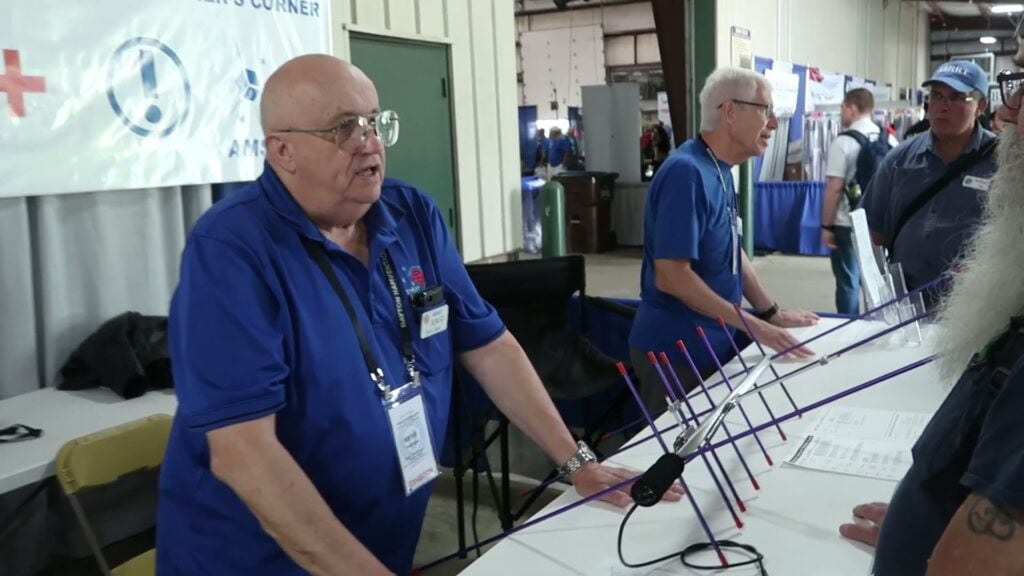
On Thursday, May 15, AMSAT will host its annual informal gathering at Tickets Pub & Eatery in Fairborn, OH, from 6:00 PM to 8:00 PM. No program or reservations are required—just food, drinks, and conversation. All are welcome to attend and enjoy a relaxed evening ahead of the Hamvention weekend. Tickets offers a wide menu of Greek and American fare along with beverages from the bar.
As the central player in amateur satellite operations, AMSAT’s presence at Hamvention continues to reflect its leadership in advancing space-based amateur radio. From technical presentations to social events and volunteer engagement, AMSAT offers multiple ways for newcomers and seasoned operators alike to get involved and connect with the broader ham radio community.
[ANS thanks AMSAT for the above information]
Amazon Kicks Off Kuiper Network with Ambitious First Satellite Launch
Amazon launched the first 27 satellites for its Kuiper broadband internet constellation on Monday, marking the start of its long-anticipated challenge to SpaceX’s Starlink network. The satellites lifted off aboard a United Launch Alliance (ULA) Atlas V rocket at 7 p.m. EDT (2300 UTC) from Cape Canaveral Space Force Station in Florida, after an initial launch attempt earlier this month was delayed by weather.
The launch is part of Amazon’s $10 billion Project Kuiper, which aims to deploy 3,236 satellites into low-Earth orbit to deliver global broadband service. Unveiled in 2019, the initiative targets consumers, businesses, and governments, a customer base already served by Starlink’s rapidly growing presence in the satellite internet market. The service is also being positioned as a vital solution for rural and underserved areas.
Amazon’s Kuiper program has experienced more than a year of delays, pushing the inaugural deployment well past its original target of early 2024. Under a Federal Communications Commission mandate, Amazon must launch half of its satellite constellation—1,618 satellites—by mid-2026. Analysts expect the company may need to seek an extension due to its late start.
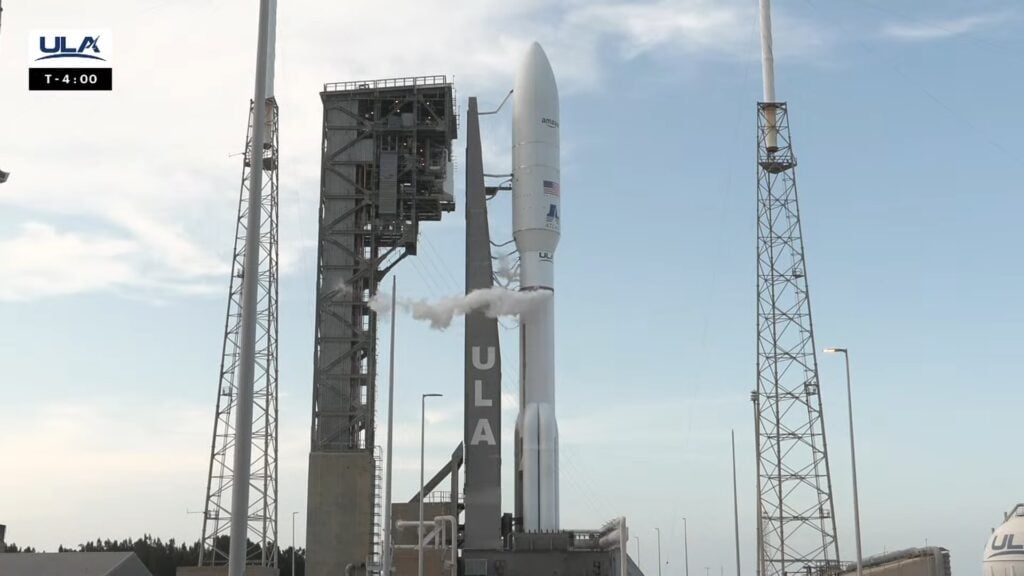
Amazon could launch up to five additional Kuiper missions in 2025, according to ULA CEO Tory Bruno. The company has indicated that initial service could begin with as few as 578 satellites, enabling limited coverage in northern and southern regions, with global service expanding as more satellites are deployed. Amazon’s experience in consumer products and cloud infrastructure is seen by executives as a potential advantage over competitors.
SpaceX, which has launched over 8,000 Starlink satellites since 2019, currently leads the market with more than 5 million users in 125 countries. Despite SpaceX’s head start, Amazon founder Jeff Bezos remains optimistic about Kuiper’s future. “There’s insatiable demand for internet,” Bezos said in January. “There’s room for lots of winners.”
Read the full article at: https://www.reuters.com/business/media-telecom/amazon-launches-first-kuiper-internet-satellites-taking-starlink-2025-04-28/
[ANS thanks the Joey Roulette, Reuters, for the above information]
The 2025 AMSAT President’s Club Coins Have Just Arrived!
Celebrating the 40th Anniversary of Amateur Radio on Human Spaceflight
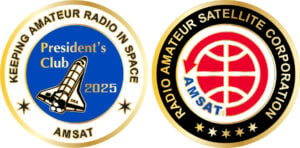
Help Support GOLF and Fox Plus.
Join the AMSAT President’s Club today!
Europe’s Vega C Rocket Launches Satellite to Map Forest Health
The European Space Agency (ESA) successfully launched its Biomass satellite aboard a Vega C rocket on April 29, advancing both Earth science research and Europe’s independent access to space. The launch took place at 5:15 a.m. Eastern Daylight Time (0915 UTC) from the Guiana Space Centre in French Guiana. The satellite separated from the rocket’s Avum upper stage nearly an hour later, entering a sun-synchronous orbit at an altitude of 666 kilometers.
Built by Airbus Defence and Space, the 1,250-kilogram Biomass satellite is part of ESA’s Earth Explorer program. Its central feature is a P-band synthetic aperture radar (SAR), designed to measure the amount of carbon stored in Earth’s forests by penetrating the tree canopy and mapping forest biomass. Simonetta Cheli, ESA’s director of Earth observation programs, likened the technology to “a medical scan of the forest” during a prelaunch briefing.
Biomass is designed for a 5.5-year mission. The first 18 months will focus on tomographic radar mapping of forest interiors, followed by four years of interferometric observations to track changes in forest height and biomass. Beyond forests, the satellite will also observe glaciers and deserts, using the radar’s ability to penetrate ice and sand. ESA plans to collaborate with NASA, sharing data with the forthcoming NISAR satellite, which operates a similar SAR system at higher frequencies.
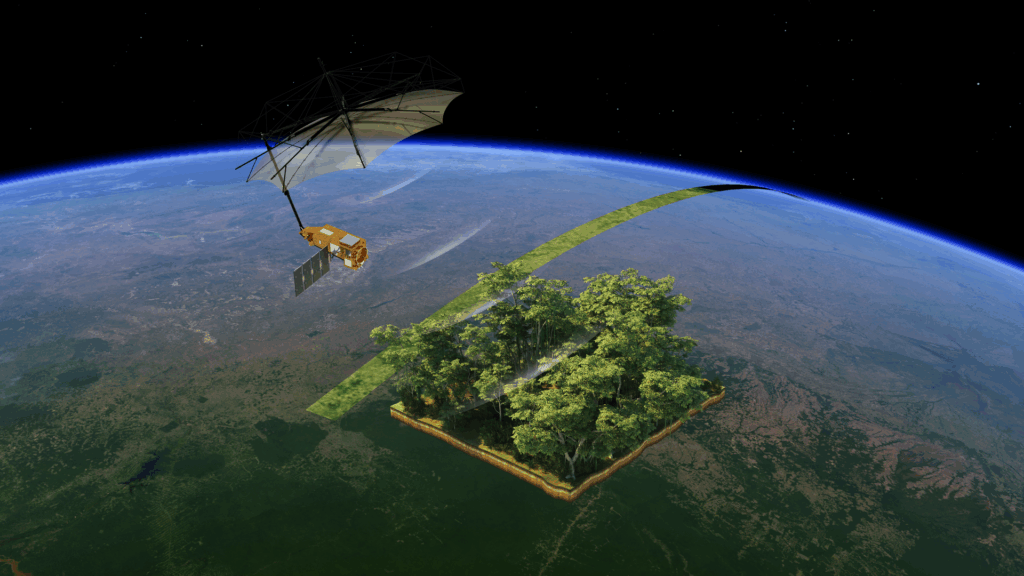
The satellite’s radar system required new advancements in radio-frequency electronics due to the use of lower-frequency P-band waves. Airbus official Justin Byrne noted that engineers had to develop custom amplifiers and supporting electronics. The radar’s 12-meter deployable antenna, built by L3Harris, will begin unfolding a few days after launch in a process expected to take four days.
This mission marks Vega C’s second launch since returning to flight in December 2024, following a 2022 failure during the VV22 mission. ESA and Arianespace officials emphasized the extensive reviews and oversight applied to the rocket to ensure reliability. “We are scrutinizing, very closely, all of the launcher for any anomalies or weak points,” said Toni Tolker-Nielsen, ESA’s director of space transportation, who added that this level of review will continue through five launches.
With Vega C and the upcoming Ariane 6 both operational, European officials underscored the strategic significance of sovereign launch capability. Arianespace CEO David Cavaillolès highlighted the importance of ending reliance on foreign providers like SpaceX. Arianespace has conducted two launches so far in 2025 and plans six more by year’s end. Responsibility for Vega C operations will soon shift to Avio, the rocket’s manufacturer, with the transition described as proceeding smoothly.
Read the full article at: https://spacenews.com/vega-launches-biomass-satellite/
[ANS thanks the Jeff Foust, SpaceNews, for the above information]
GridMasterMap Satellite Top 100 Rovers May 2025 Rankings
The May 2025 rankings for the Top 100 Rovers (Mixed LEO/MEO/GEO) in satellite operations, as determined by @GridMasterMap on Twitter, has been released. The ranking is determined by the number of grids and DXCC entities activated, taking into account only those grids where a minimum number of QSOs logged on the gridmaster.fr website have been validated by a third party. Grid numbers do not directly reflect the exact number of activations. Satellite operators are encouraged to upload their LoTW satellite contacts to https://gridmaster.fr in order to provide more accurate data.
Updated: 2025-05-01
| 1 | ND9M | 26 | KX9X | 51 | AC0RA | 76 | N4UFO |
| 2 | NJ7H | 27 | ON4AUC | 52 | W7WGC | 77 | PT2AP |
| 3 | JA9KRO | 28 | KG5CCI | 53 | N6DNM | 78 | AA8CH |
| 4 | UT1FG | 29 | N5BO | 54 | JL3RNZ | 79 | PT9BM |
| 5 | N5UC | 30 | K8BL | 55 | EA4NF | 80 | VE1VOX |
| 6 | DL6AP | 31 | KE4AL | 56 | SM3NRY | 81 | FG8OJ |
| 7 | OE3SEU | 32 | KB5FHK | 57 | DF2ET | 82 | YU0W |
| 8 | WI7P | 33 | F4BKV | 58 | XE1ET | 83 | KJ7NDY |
| 9 | DP0POL | 34 | VE3HLS | 59 | LU4JVE | 84 | N6UTC |
| 10 | K5ZM | 35 | PA3GAN | 60 | KI7QEK | 85 | AF5CC |
| 11 | F5VMJ | 36 | KI0KB | 61 | AA5PK | 86 | KI7UXT |
| 12 | N6UA | 37 | JO2ASQ | 62 | SP5XSD | 87 | PS8BR |
| 13 | LU5ILA | 38 | KI7UNJ | 63 | F4DXV | 88 | WA9JBQ |
| 14 | HA3FOK | 39 | LA9XGA | 64 | AD7DB | 89 | KB2YSI |
| 15 | N9IP | 40 | BA1PK | 65 | VE1CWJ | 90 | N4DCW |
| 16 | WY7AA | 41 | VA3VGR | 66 | KE9AJ | 91 | JM1CAX |
| 17 | W5PFG | 42 | N7AGF | 67 | BG7QIW | 92 | K0FFY |
| 18 | AK8CW | 43 | VK5DG | 68 | DL4EA | 93 | VE3GOP |
| 19 | DL2GRC | 44 | XE3DX | 69 | N8RO | 94 | N0TEL |
| 20 | AD0DX | 45 | KE0WPA | 70 | KM4LAO | 95 | KG4AKV |
| 21 | N4AKV | 46 | PR8KW | 71 | W8LR | 96 | W8MTB |
| 22 | AD0HJ | 47 | KE0PBR | 72 | VA7LM | 97 | CU2ZG |
| 23 | WD9EWK | 48 | K7TAB | 73 | M1DDD | 98 | VE7PTN |
| 24 | ND0C | 49 | JK2XXK | 74 | W1AW | 99 | DK9JC |
| 25 | DJ8MS | 50 | EB1AO | 75 | HB9GWJ | 100 | K6VHF |
[ANS thanks @GridMasterMap for the above information]
Changes to AMSAT-NA TLE Distribution for May 2, 2025
Two Line Elements or TLEs, often referred to as Keplerian elements or keps in the amateur community, are the inputs to the SGP4 standard mathematical model of spacecraft orbits used by most amateur tracking programs. Weekly updates are completely adequate for most amateur satellites. TLE bulletin files are updated daily in the first hour of the UTC day. New bulletin files will be posted immediately after reliable elements become available for new amateur satellites. More information may be found at https://www.amsat.org/keplerian-elements-resources/.
NOTICE: In an effort to minimize confusion between sources of two line element sets, AMSAT is adopting the convention of listing the USSF/NORAD Satellite Catalog name first, followed by any secondary name or names in parentheses. For example, “POEM 4 (BGS ARPIT)” was added recently where “POEM 4” is the name that appears in the US Space Force Satellite Catalog, and “BGS ARPIT” is the name best known within the amateur satellite community. Expect name changes for affected satellites in the coming weeks as this change is fully implemented.
This week there are no additions or deletions to the AMSAT TLE distribution.
[ANS thanks AMSAT Orbital Elements page for the above information]
ARISS NEWS
Amateurs and others around the world may listen in on contacts between amateurs operating in schools and allowing students to interact with astronauts and cosmonauts aboard the International Space Station. The downlink frequency on which to listen is 145.800 MHz worldwide.
+ Recently Completed
Wireless Institute of Australia AGM and Technical Expo, Bendigo, Victoria, Australia, telebridge via K6DUE
The ISS callsign was NA1SS
The scheduled crewmember was Takaya Onishi KF5LKS
The ARISS mentor was VK4KHZ
Contact was successful: Sat 2025-05-03 11:12:24 UTC
+ Upcoming Contacts
IISS Copernico Pasoli, Verona, Italy, telebridge via K6DUE
The ISS callsign is presently scheduled to be NA1SS
The scheduled crewmember is Jonathan (Jonny) Kim KJ5HKP
The ARISS mentor is IZ2GOJ
Contact is go for: Mon 2025-05-05 09:36:54 UTC
Many times a school may make a last minute decision to do a Livestream or run into a last minute glitch requiring a change of the URL but we at ARISS may not get the URL in time for publication. You can always check https://live.ariss.org/ to see if a school is Livestreaming.
The crossband repeater continues to be active (145.990 MHz up {PL 67} & 437.800 MHz down). If any crewmember is so inclined, all they have to do is pick up the microphone, raise the volume up, and talk on the crossband repeater. So give a listen, you just never know.
The packet system is also active (145.825 MHz up & down).
A special ARISS-Russia SSTV event is on the ISS schedule beginning May 5 at 12:00 UTC. This is a celebration commemorating a regional holiday.
Monitor 145.800 MHz for potential activity during passes. This will impact the availability of APRS digipeater.
As always, if there is an EVA, a docking, or an undocking; the ARISS radios are turned off as part of the safety protocol.
Note, all times are approximate. It is recommended that you do your own orbital prediction or start listening about 10 minutes before the listed time.
The latest information on the operation mode can be found at https://www.ariss.org/current-status-of-iss-stations.html
The latest list of frequencies in use can be found at https://www.ariss.org/contact-the-iss.html
[ANS thanks Charlie Sufana, AJ9N, one of the ARISS operation team mentors for the above information]
Upcoming Satellite Operations
None currently posted.
A growing number of satellite rovers are currently engaged in sharing their grid square activations on https://hams.at. By visiting the website, you gain easy access to comprehensive information about the operators responsible for activating specific grid squares. Additionally, you have the ability to assess the match score between yourself and a particular rover for a given pass, while also being able to identify the upcoming satellite passes that are accessible from your location.
[ANS thanks Ian Parsons, K5ZM, AMSAT rover page manager, for the above information]
AMSAT Ambassador Activities
AMSAT Ambassadors provide presentations, demonstrate communicating through amateur satellites, and host information tables at club meetings, hamfests, conventions, maker faires, and other events.
AMSAT Ambassador Clint Bradford, K6LCS, says,
“Think a 75-minute presentation on “working the easy satellites” would be appropriate for your club or event? Let me know by emailing me at k6lcsclint (at) gmail (dot) com or calling me at 909-999-SATS (7287)!”
Clint has NEVER given the exact same show twice: EACH of the 150+ presentations so far has been customized/tailored to their audiences.
Scheduled Events
Dayton Hamvention – May 16th thru 18th, 2025
Greene County Fair and Expo Center
210 Fairground Road
Xenia, OH 45385
https://www.amsat.org/amsat-at-hamvention-2025/
https://hamvention.org/
Rochester Amateur Radio Association Hamfest 2025 – June 21, 2025
Barnard Fire Department Park
410 Maiden Lane
Rochester, NY 14616
KB2YSI
https://rochesterham.org/hamfest.htm
Interested in becoming an AMSAT Ambassador? AMSAT Ambassadors provide presentations, demonstrate communicating through amateur satellites, and host information tables at club meetings, hamfests, conventions, maker faires, and other events.
For more information go to: https://www.amsat.org/ambassador/
[ANS thanks Bo Lowrey, W4FCL, Director – AMSAT Ambassador Program, for the above information]
AMSAT Remove Before Flight Key Tags Now Available
Yes, These are the Real Thing!
Your $20 Donation Goes to Help Fly a Fox-Plus Satellite
Includes First Class Postage (Sorry – U.S. Addresses Only)
Order Today at https://www.amsat.org/product/amsat-remove-before-flight-keychain
Satellite Shorts From All Over
+ Juan Carlos, CO8TW, reports that a WhatsApp channel titled Satellites for Hams…!!! now has 338 active subscribers. The channel shares regular updates and information of interest to amateur radio satellite operators, including how to become a member of AMSAT. It can be accessed directly at: https://whatsapp.com/channel/0029VaIMu2D4IBhG7yR2Tb2d. To join, download the free WhatsApp app from your device’s app store—App Store for iPhone or Google Play Store for Android—or access it from your computer at https://web.whatsapp.com. WhatsApp, owned by Meta, is a global messaging platform that supports text, voice, video, and multimedia sharing. It remains a popular tool among hams for coordinating and exchanging satellite-related information in real time. (ANS thanks Juan Carlos, CO8TW, for the above information)
+ Firefly Aerospace’s Alpha rocket suffered a launch failure early Tuesday after lifting off from Vandenberg Space Force Base in California. Roughly two-and-a-half minutes into flight, the rocket’s first stage separated, but a bright white vapor cloud appeared—possibly an explosion—just before the upper stage ignited. Though the upper stage’s Lightning engine fired for more than six minutes, damage to its nozzle significantly reduced thrust, preventing the rocket from reaching orbital velocity. The mission, which was carrying Lockheed Martin’s LM-400 tech demo satellite, ended with the rocket and payload falling into the Pacific Ocean. This marks another setback for Alpha, which has now only achieved two fully successful missions out of six. Despite contract wins and plans for a more capable vehicle, Firefly must improve Alpha’s reliability to compete in the crowded small-to-medium launch market. (ANS thanks Ars Technica for the above information)
+ NOAA has announced that satellites NOAA 15, 18, and 19 will be reclassified as end-of-life effective June 16, 2025. These polar-orbiting weather satellites are widely used by amateur radio enthusiasts and RTL-SDR hobbyists to receive APT and HRPT imagery. The news was first reported by Carl Reinemann on the USradioguy.com blog, where he clarified that despite the end-of-life designation, transmissions will continue. NOAA has confirmed that signals will still be broadcast on a “data of opportunity” basis, meaning they are no longer intended for operational or safety-critical use but remain suitable for hobbyist reception. NOAA also stated that no ground intervention will be provided for future sensor or hardware failures. Should any critical malfunctions occur, the satellites may be decommissioned, as was nearly the case with NOAA 15’s scan motor, which previously failed and later resumed function under unclear circumstances. (ANS thanks RTL-SDR.com and USRadioguy.com for the above information)
+ A Soviet spacecraft originally intended for Venus, Cosmos 482, is expected to make an uncontrolled reentry into Earth’s atmosphere around May 9–10, after orbiting the planet for over 53 years. Launched in March 1972, the mission failed when the upper stage of its Soyuz booster cut off prematurely, stranding the Venus lander in Earth orbit. The descent module—designed to endure Venus’ harsh atmosphere—remains intact and may potentially survive Earth reentry due to its heavy thermal shielding. Satellite tracker Marco Langbroek has modeled its descent and predicts it could hit the ground or ocean at speeds exceeding 145 miles per hour. Although the risk to people or infrastructure is low, the lander’s size and mass make its reentry comparable to a small meteorite impact. Its fiery return is a rare and fascinating reminder of Cold War-era space exploration still orbiting above us. (ANS thanks Space.com for the above information)
Join AMSAT today at https://launch.amsat.org/
In addition to regular membership, AMSAT offers membership to:
* Societies (a recognized group, clubs or organization).
* Primary and secondary school students are eligible for membership at one-half the standard yearly rate.
* Post-secondary school students enrolled in at least half-time status shall be eligible for the student rate for a maximum of 6 post-secondary years in this status.
* Memberships are available for annual and lifetime terms.
Contact info [at] amsat.org for additional membership information.
73 and remember to help Keep Amateur Radio in Space!
This week’s ANS Editor, Mitch Ahrenstorff, ADØHJ
mahrenstorff [at] amsat.org

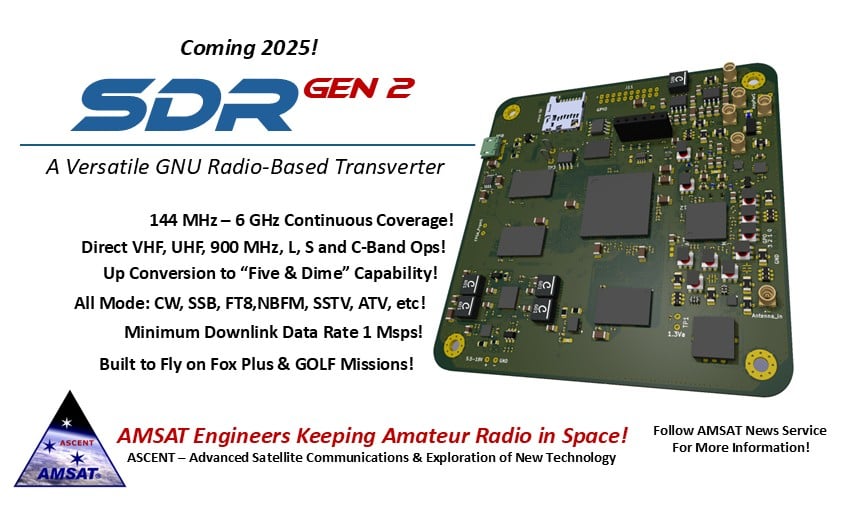

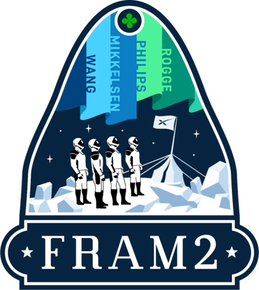
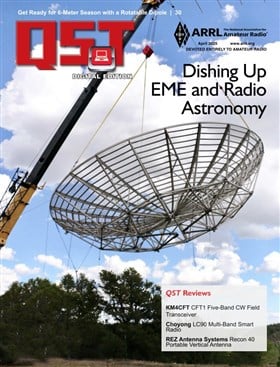
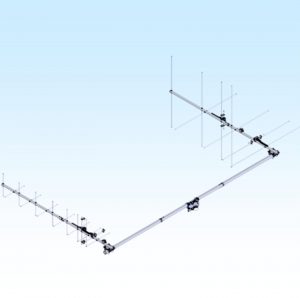
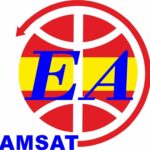
 Have you taken part in or conducted an interesting Amateur Satellite oriented activity. Do you present talks and presentations about Amateur Satellites and closely related topics? Do you participate in Amateur Satellite oriented nets? Would you like others to know about it? If so, tell us about it via:
Have you taken part in or conducted an interesting Amateur Satellite oriented activity. Do you present talks and presentations about Amateur Satellites and closely related topics? Do you participate in Amateur Satellite oriented nets? Would you like others to know about it? If so, tell us about it via: 